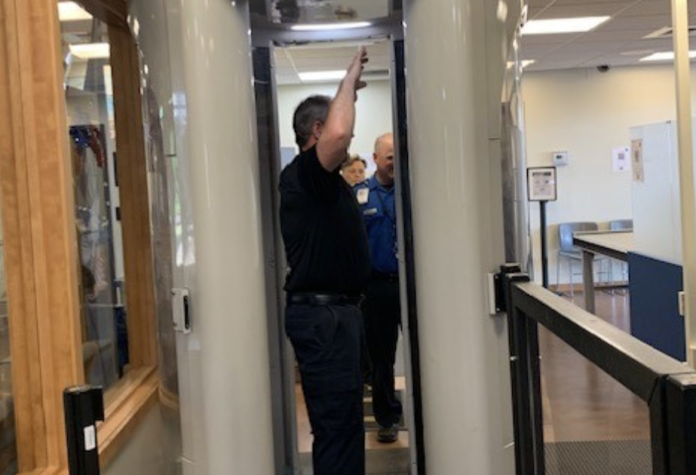The Department of Homeland Security (DHS) invests billions of dollars to acquire and sustain critical systems to support its many missions. Given the cost and magnitude of these investments, the Office of Inspector General (OIG) conducted an audit to determine the extent to which DHS components analyze system performance of major acquisition programs in sustainment according to Federal guidance and DHS acquisition policy.
Once a major system is fully deployed, it transitions to the sustainment phase, where Office of Management and Budget Circular No. A-11 provides guidance to Federal agencies to conduct an operational analysis (OA) periodically to ensure systems continue to perform as intended. OIG found that from fiscal years 2018 through 2021, DHS had 15 major systems that transitioned to sustainment and required OAs; these systems had operations and maintenance costs totaling about $1.1 billion in FY 2021.
The audit found that DHS components completed an OA for 12 of these 15 systems but did not complete all 12 OAs in accordance with Federal and departmental guidance. OIG said components used inaccurate, outdated, or incomplete information to assess system performance, or omitted required sections of the OA, such as the cost analysis and corrective action sections.
OIG found the Transportation Security Administration (TSA) did not complete an OA for three of its five systems in the watchdog’s review. These systems’ operations and maintenance (O&M) costs totaled about $260 million in FY 2021. At the time of OIG’s review, TSA had yet to complete an OA of its Advanced Imaging Technology program, for example, even though the system entered sustainment in FY 2019. According to TSA officials, OAs are only required for IT systems. Despite this belief, TSA conducted an OA for one of four non-IT systems in OIG’s review.
OIG also noted that TSA reported the Electronic Baggage Screening program was below the 10 percent threshold because it used the congressional budget justification of $248.44 million as its baseline. The watchdog said if TSA had correctly used the life cycle cost estimate of $120.24 million as its baseline, the OA would have reported an 89 percent increase in O&M costs, necessitating a corrective action plan.
In addition, OIG found that the U.S. Coast Guard did not develop a plan to remediate performance issues, even though its FY 2021 OA reported none of the five key performance parameters were met for the Nationwide Automatic Identification System, a program totaling over $6 million in O&M costs in FY 2021. According to a Coast Guard official, the system has not met its performance goals since being deployed in 2018.
OIG said the failings occurred, in part, because components did not follow the requirements in the DHS Operational Analysis Guidebook for measuring performance and because DHS does not have sufficient guidance for conducting OAs. Ultimately, OIG is concerned that without properly conducting OAs and accurately reporting the results, DHS components do not have the necessary information to inform sound management decisions regarding whether to continue to invest in major systems acquisition programs or whether to terminate programs that no longer meet needs.
Following the results of the audit, DHS has initiated an integrated project team to determine whether the Operational Analysis Guidebook, dated March 24, 2016, will be updated as a whole or broken out into an instruction and a separate implementing guidebook. In addition, DHS said it will update OA instructions and guidance for IT investments and is currently working with DHS partners to address OAs for non-IT investments.
It is worth noting that in April this year, the Government Accountability Office (GAO) found that 18 of the 25 DHS major acquisition programs it reviewed were meeting their cost and schedule goals by the end of FY 2022. In addition, eight of the 25 programs completed the operational test and evaluation phase of the acquisition process during fiscal year 2022. However, GAO also found gaps is cybersecurity risk assessment.




